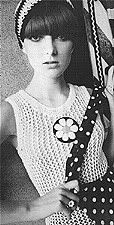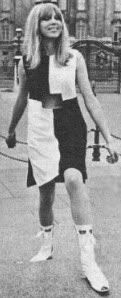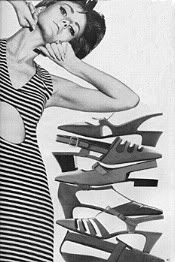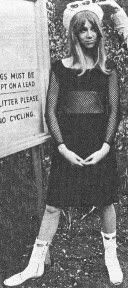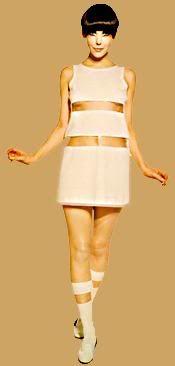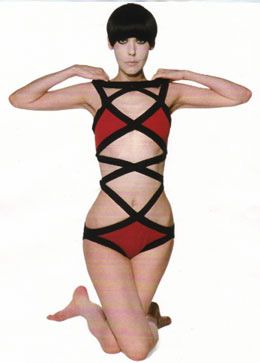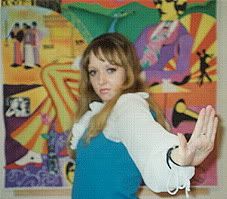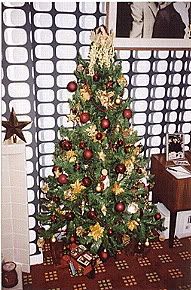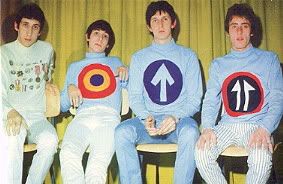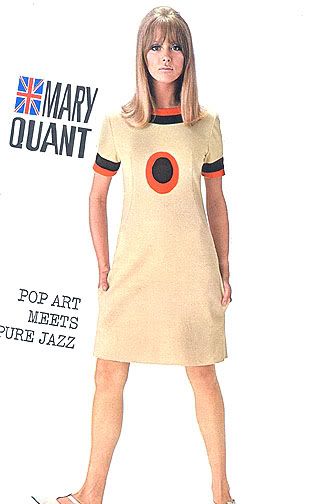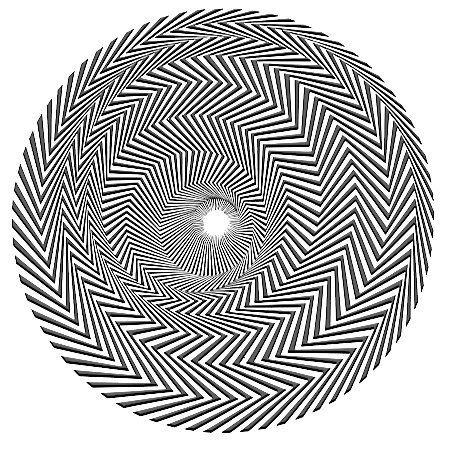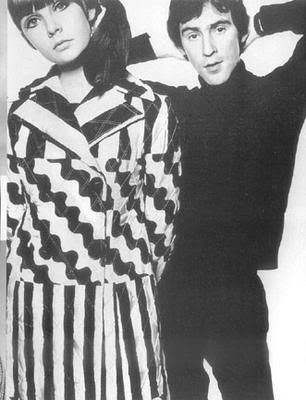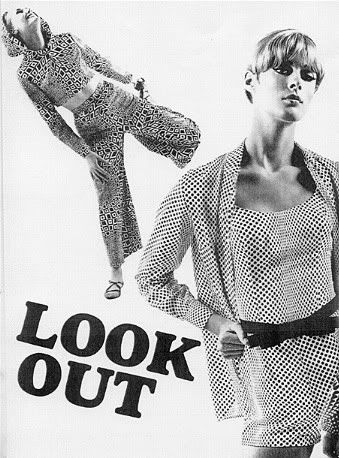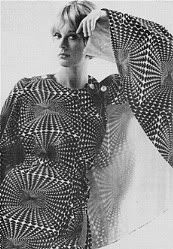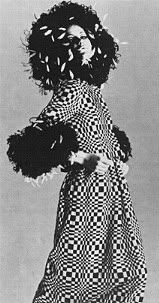premierludwig
Registered Guest
Welcome to my VFG workshop the fashion trends of the mid 1960s. Please feel free to jump in with any questions, comments or knowledge that you wish to share on the subjects I will be covering as I am hoping that this will work out as a friendly and fun exchange of information on this snapshot of time, rather than me just throwing a lot of information at you all.
For those of you who have never encountered me before, I'm known as Senti (a nickname with a long history) and I am totally stuck in a 1960s timewarp. I missed the 60s myself - being born in 1979 - but developed a love for this decade very early on, and now live in a 1960s house decorated with the appropriate vintage wallpaper and furniture, wear mainly 1960s clothes, am a self confessed knee-high boot addict.
Not having lived through the fashions at the time, I've discovered them via films from the era and stacks of 1960s fashion magazines... so I can usually pin down each look to a specific season and know what hairstyles and accessories would have been worn with it when it first came out.
My particular fashion idol of the era is Beatle girlfriend, model Pattie Boyd - so you'll be seeing quite a lot of her in this workshop - and I have a love of the Dollyrockers range that Samuel Sherman created.
I've chosen to talk about the fashion trends that took place in the mid 1960s (focussing around 1965 and spilling over into 1966) as this is the era that the most striking styles come from. The looks that film and television shows aim for when recreating the decade, the ideas that pop into people's heads when setting up a swinging sixties fancy-dress party... and more importantly as far as I am concerned, the clothes that the mod crowd of today are on the look-out for.
[align=center]Senti (the blonde) and friend Gina (the Brunette) in their early mod days
 [/align]
[/align]
For those of you who have never encountered me before, I'm known as Senti (a nickname with a long history) and I am totally stuck in a 1960s timewarp. I missed the 60s myself - being born in 1979 - but developed a love for this decade very early on, and now live in a 1960s house decorated with the appropriate vintage wallpaper and furniture, wear mainly 1960s clothes, am a self confessed knee-high boot addict.
Not having lived through the fashions at the time, I've discovered them via films from the era and stacks of 1960s fashion magazines... so I can usually pin down each look to a specific season and know what hairstyles and accessories would have been worn with it when it first came out.
My particular fashion idol of the era is Beatle girlfriend, model Pattie Boyd - so you'll be seeing quite a lot of her in this workshop - and I have a love of the Dollyrockers range that Samuel Sherman created.
I've chosen to talk about the fashion trends that took place in the mid 1960s (focussing around 1965 and spilling over into 1966) as this is the era that the most striking styles come from. The looks that film and television shows aim for when recreating the decade, the ideas that pop into people's heads when setting up a swinging sixties fancy-dress party... and more importantly as far as I am concerned, the clothes that the mod crowd of today are on the look-out for.
[align=center]Senti (the blonde) and friend Gina (the Brunette) in their early mod days

